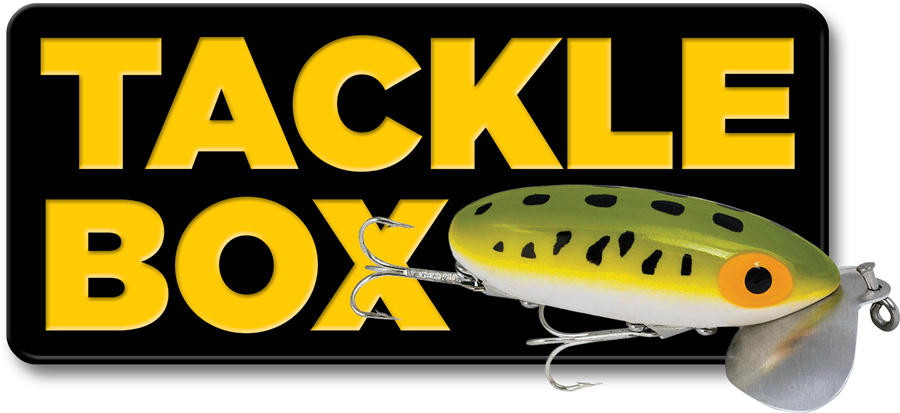
And, like you, I have learned a trick or two about the sport that have made the pursuit more enjoyable. Many came from reading fishing how-to books such as my first and all-time fave, Sportsman’s Digest of Fishing by the late Hal Sharp, two copies of which I now own after a setter pup chewed the spine off my original paperback and Santa brought me a second (in much better shape) just last Christmas. (Note: how St. Nick found a used copy is beyond me, as it’s been out of print for awhile…) It’s just one of countless tomes where authors share tips for anglers. Such how-to material is a great reason to visit your local library, bookstore, or subscribe to magazines with fishing content relevant to your particular angling pursuits, such as Pontoon & Deck Boat.

Of course, fellow fishermen have been a huge source of tips and techniques that I never would have come up with on my own, although I do take credit for a few original tactics. I’m sure you have done the same, whether you realize it or not. I am often surprised that some of the basic things I do to help catch more fish are foreign to even experienced anglers, just as I’m sure some fishermen have found me ignorant of some task or trick they consider basic knowledge in a particular fishing situation.
As an example, here are a few of my favorite tips with regard to fishing line management:
To cast father and keep coiled monofilament line from jumping off the reel, take time to stretch it at the beginning of the season and a few times over the course of same. With the reel mounted to the rod, simply take an amount of line equal to your farthest anticipated casts off the reel, through the guides and secure the working end to a solid object. Back up until the line is taut, hold the spool so it can’t release any more line, and slowly back up until the line is tight, almost to the breaking point, and hold it there for 30 seconds. I like to wear glasses when doing so in case the line breaks or the knot at the end fails. To double the length, you can straighten it in the same manner, I thread the working end of the line around a base with a smooth rounded finish, such as a bumper-hitch ball, car door handle, round fence post or small-diameter tree, and walk it back to the rod and reel. There I wrap the end of the line in my hand and back up, holding it to double the length of line I can straighten.
To unwind fishing line that has become twisted by retrieving with a spinning reel, trolling or retrieving a lure that spins, which will cause line to jump off the spool and/or form twists whenever it’s not under tension, remove all terminal tackle and leave a short length of line trailing from the rod’s tip. Next, with the boat moving forward, put the rod tip and line in the water and release the spool or open the bail to allow the water to pull out the twisted section of line and trail behind the moving boat. You don’t need to go fast to allow the line to unwind in the wake, but you do need to make sure that no twists form as you release the line. Sans boat, you can also de-twist a fishing line in tidal or river current by allowing the water to similarly pull-out and un-spin the line. A few minutes in moving water should remove the twist and make line management much easier.

-When tying a clinch knot to attach a lure or terminal tackle, always wrap the tag end at least seven times around the standing line and “improve” it by bringing the tag end back and through the loop, which will keep the resulting knot from coming undone. Before tightening, make sure the wraps are even and moisten the line with spit or water before slowly pulling it snug to the eye to keep any frictional heat from compromising the knot.
-None of us replaces our fishing line on the reel as often as we should, as sunlight, heat and time conspire to degrade it. That said, one way to extend a spoolful of line’s useful life is to reverse it. You’ll need an empty reel with a similar line capacity to tackle this task, which you use to reel the “used” portion of line off the primary reel, then reverse the process to bury the tainted line section deep under the “new” length of line that has been so buried – and protected – giving you fresher line to fish with.
The latter works fine until that fish of a lifetime nearly has you spooled, at which time a new spool of Trilene seems like a small price to pay.
As I write in the introduction of my beginners’ fishing book Let’s Learn to Fish!, one of the joys of choosing the sport of angling is that you never stop learning new tricks and techniques, not only to make it more productive, but more fun – and can enjoy such pursuits well into our own autumn years.


